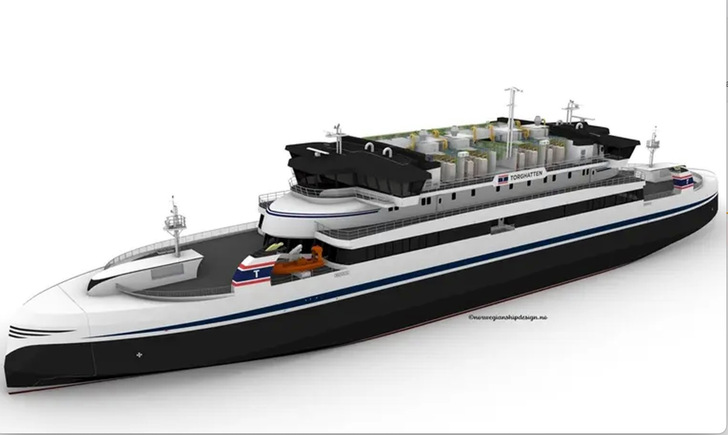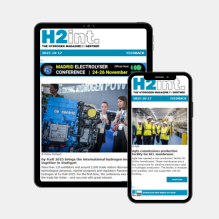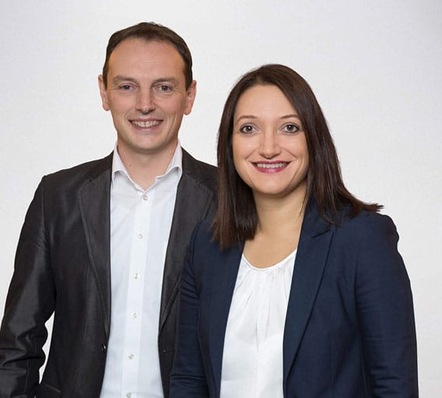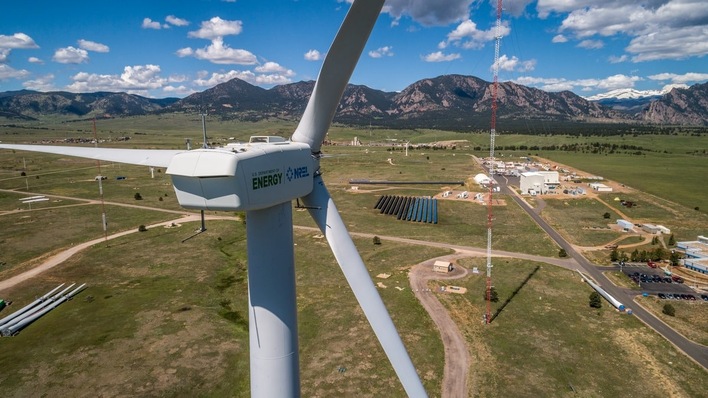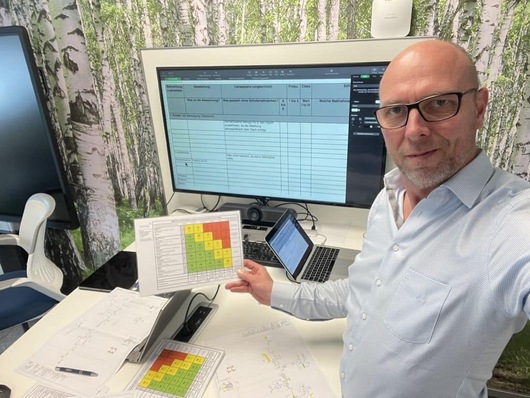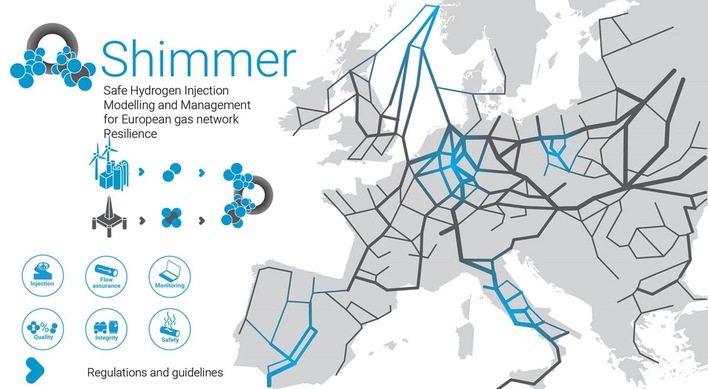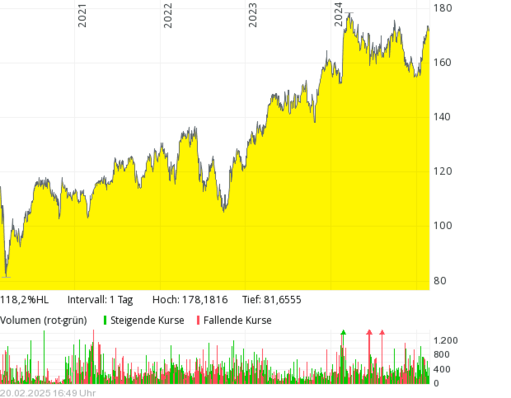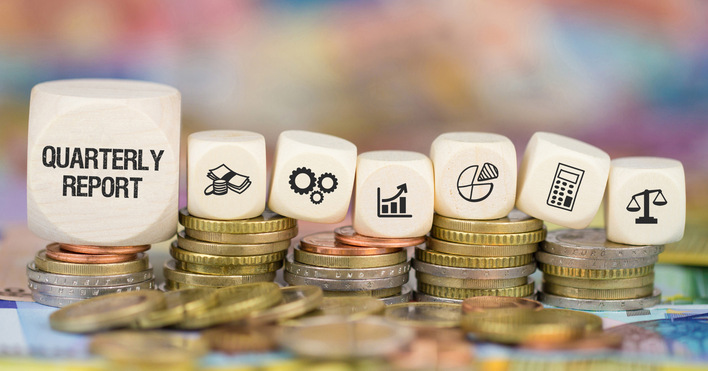The Norwegian ferry operator Torghatten Nord, together with Norwegian Ship Design, has developed two new hydrogen ferries that are to be deployed on the route between Bodø and the Lofoten Islands from 2026. The crossing takes three and a half hours.
The two double-ended ferries, each 117 meters long and with a gross tonnage of 8,500, are designed to carry 599 passengers and 120 cars. This makes them the largest hydrogen-powered vessels in the world. They are named “Røst” and “Moskenes” and are currently being built at the Myklebust Verft shipyard in Norway. The hydrogen systems, including 32 fuel cells per vessel, will be installed on the upper deck between the two bridges.
The required green hydrogen will be supplied by the company GreenH. The production facility in Langstranda near Bodø is expected to provide six to ten tonnes of hydrogen per day. According to the operator, the daily hydrogen consumption per vessel will be between five and six tonnes.
The ferries are part of a 15-year contract between Torghatten Nord and the Norwegian Public Roads Administration (Statens Vegvesen). The contract, which has a volume of 4.98 billion Norwegian kroner (approximately 496 million euros), came into effect on October 1, 2025. It will run for 15 years.
In addition to the newbuilds, the two existing vessels on the route, “Værøy” and “Landegode”, will be converted from LNG to biofuels. They are to be used during the peak tourist season in the future. The development of the new ferries is considered a significant step towards the decarbonization of maritime transport in Norway.


